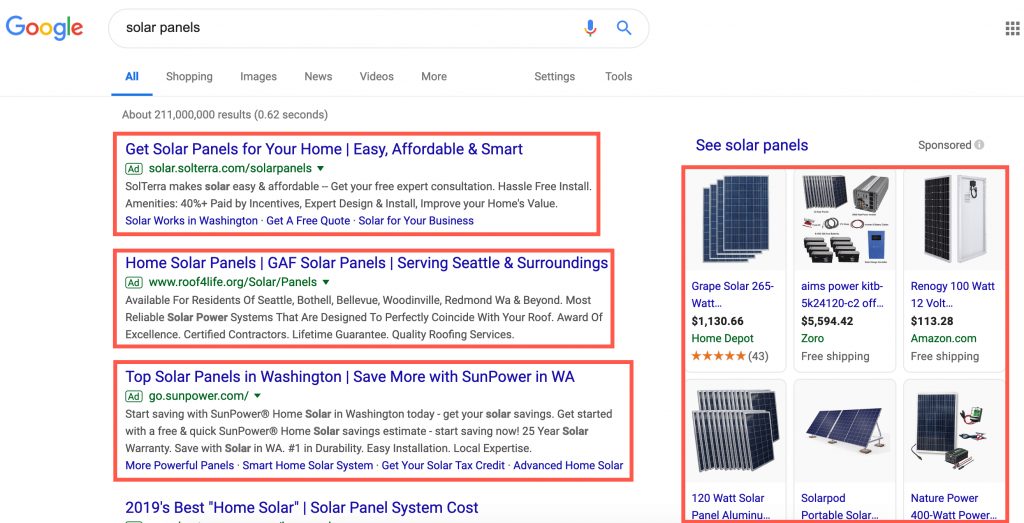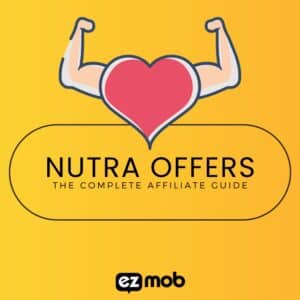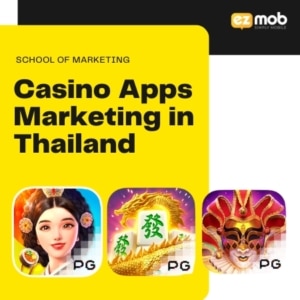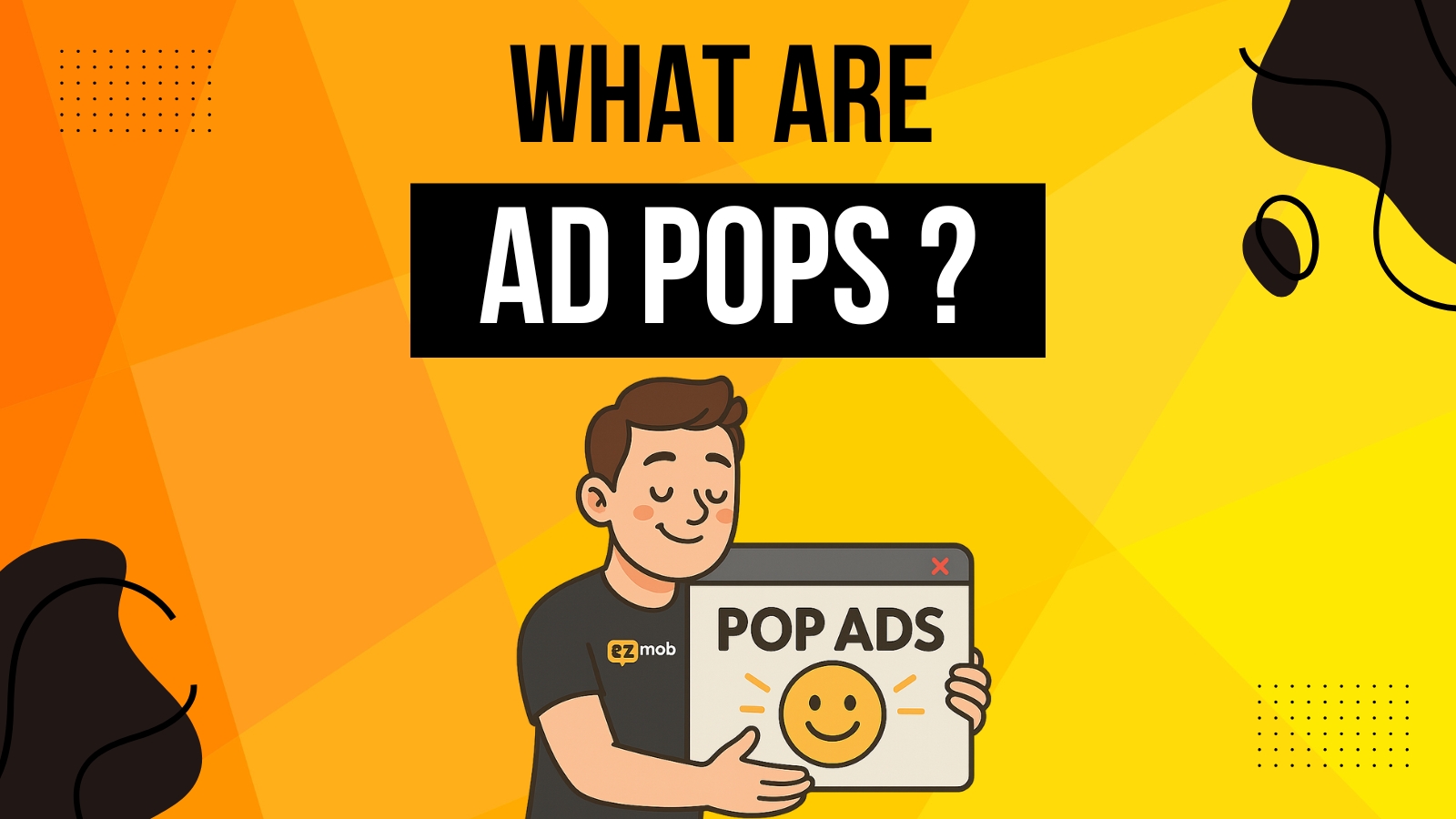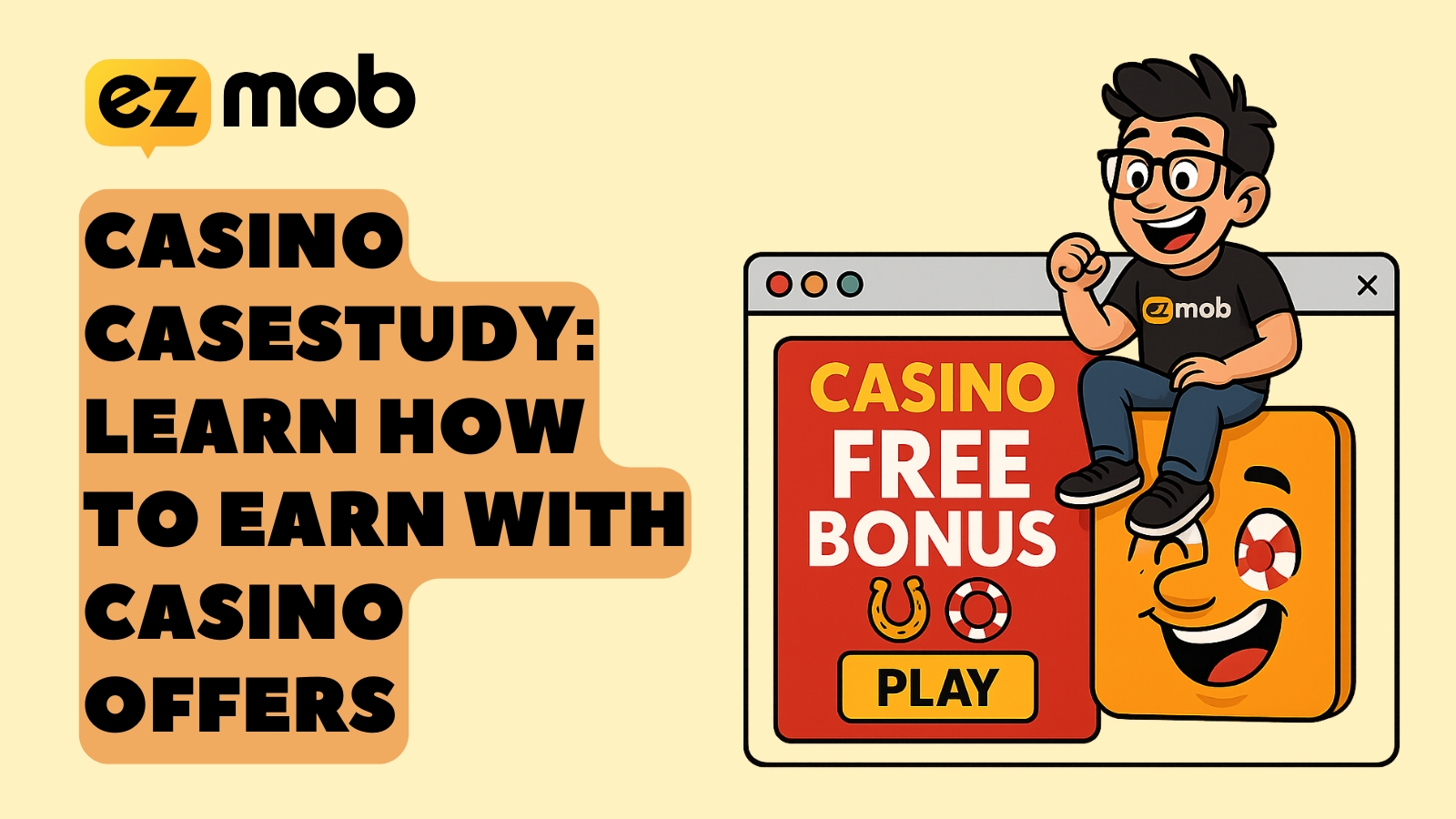Unlock the secrets of successful affiliate marketing in the booming...
Read More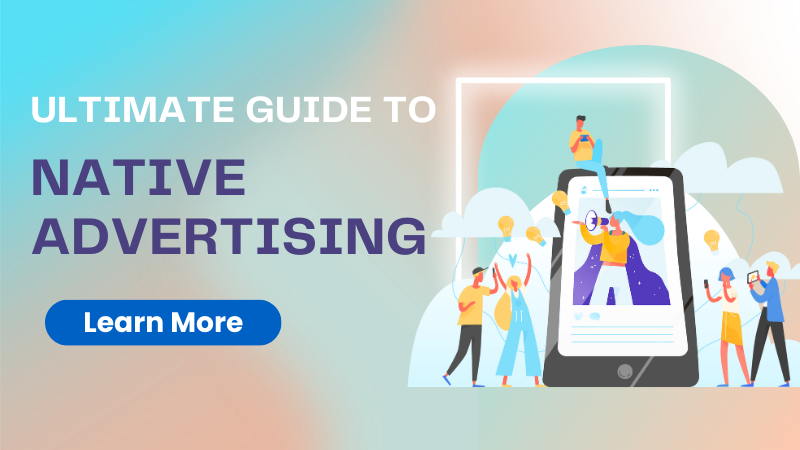
Ultimate Guide To native advertising in 2024
In today’s digital marketing landscape, native ads have emerged as one of the most effective tools for engaging audiences without disrupting their online experience. But what exactly are native ads, and how can you make the most of them? In this guide, we’ll explore the basics, types of native ads, and best practices for creating campaigns that blend seamlessly into the content.
What Are Native Ads?
Native ads are a form of paid advertising that matches the look, feel, and function of the media format they appear in. Unlike banner ads or pop-ups, which are clearly distinguishable from regular content, native ads are designed to integrate into the user experience. You’ve likely encountered native ads without realizing it. For instance, a promoted article on your favorite news site or a sponsored post in your social media feed are both examples of native ads.
The key characteristic of native ads is their non-disruptive nature. They feel like a natural part of the user’s experience, which makes them more engaging and less likely to be ignored.
Why Native Ads Work So Well
Native ads have gained popularity because they offer a less intrusive way to reach audiences. Here are some reasons why they are so effective:
- Seamless Integration: Native ads align with the platform’s format, ensuring they don’t interrupt the user experience. Whether placed in social media feeds or search results, they look and behave like organic content.
- Higher Engagement: Because native ads don’t disrupt the user’s activity, they tend to generate higher click-through rates (CTR) and better engagement compared to display ads.
- Better Targeting: Native ads are often contextually relevant, making them more appealing to users who are already consuming similar content.
Types of Native Ads
There are several types of native ads, each designed for specific platforms and purposes. Here are the most common types:
In-Feed Ads
In-feed native ads are a form of advertising that blends seamlessly with the organic content of a website or social media platform. These ads appear in the same format as the surrounding posts or articles, often placed within a user’s feed on networks like Facebook, Instagram, Admob etc, as well as on news websites. BigSpy have native ads from those platforms. Users can explore native ads on BigSpy by utilizing its robust ad spy tools to track competitors and discover top-performing native ads across various platforms.
The key to their effectiveness lies in their design, which matches the look, feel, and function of regular content. In-feed ads are typically labeled as “Sponsored” or “Promoted” but are less intrusive than traditional ads, making them more likely to be engaged with by users.
Recommendation Widgets
Recommendation widget native ads are often displayed at the bottom of articles or content pages, providing users with suggestions for additional content or products they might find interesting.
These ads are usually labeled as “Recommended for you” or “Sponsored” and are designed to blend with the editorial content on the page. By offering content that aligns with the user’s interests, recommendation widgets create a seamless browsing experience, making the ads feel more like helpful suggestions than disruptive promotions.
Search and Promoted Listings
Search and promoted listings native ads are forms of advertising designed to integrate seamlessly into search results and e-commerce platforms. Search ads appear at the top of search engine results pages, labeled as “Sponsored” or “Ad,” mimicking the look of organic results. This type of native advertising is highly effective because it targets users actively searching for relevant information.
On the other hand, promoted listings are ads that appear on e-commerce sites, such as Amazon or eBay, where products are shown at the top of search results. These listings look like regular product entries but are sponsored, giving them higher visibility to potential buyers.
The Key Elements of a Successful Native Ad Campaign
Targeting
Like any other advertising format, success in native advertising relies heavily on how well you target your audience. Most platforms allow you to segment your audience based on demographics, behavior, and interests to ensure your ads reach the right people. You can also use tools like BigSpy to get insights into your audience’s preferences and behaviors.
Engaging Content:
Your native ad needs to provide value. Whether it’s educational, entertaining, or inspiring, the content should align with what your audience wants to see. Good native ads often don’t “feel” like ads—they offer solutions to problems or present new, exciting ideas. To craft such engaging and value-driven ads, it’s beneficial to study what’s already working in your industry.
Using tools like BigSpy, you can analyze your competitors’ ad creatives and spot trends in what resonates with your shared audience. By exploring top-performing ads , you can gain inspiration for headlines, visuals, and messaging strategies. This insight helps you tailor your own native ads to align with your audience’s preferences while standing out with fresh, compelling content that drives engagement.
Contextual Relevance
Native ads perform best when they match the content and tone of the website or platform on which they are displayed. Be sure that the visuals, language, and message resonate with the existing audience.
A Clear Call-to-Action (CTA)
Even though native ads aim to blend in, your CTA must stand out. Use persuasive language that encourages users to click, subscribe, or purchase without being overly aggressive.
Native advertising is a highly effective way to connect with audiences in a more authentic, engaging way. By blending seamlessly with the content that users are already consuming, native ads bypass ad fatigue and build trust. Whether you’re just getting started with native ads or looking to refine your approach, the key to success lies in creating relevant, high-quality content that speaks to the needs and interests of your audience. Incorporate native ads into your broader digital marketing strategy to see improved engagement, better brand perception, and ultimately, higher conversions.
Case Study: Click2Call Insurance offers for affiliates
Explore the impact of Click2Call technology in US insurance marketing...
Read MoreCase Study: How to convert pin submit offers?
Pin submit offers facilitate a better conversion rate by taking...
Read MoreCase Study: Casino App Marketing in Thailand
Promote casino apps in Thailand's growing mobile gaming market. Learn...
Read More-
Understanding Ad Pop Ups: Everything You Need to Know
-
How to Promote Your Casino with EZmob: The Ultimate Guide to Affiliate Programs and Pop Ads
-
EZmob at i-Con Cyprus 2025 – Booth MO20
-
Creatives and lаnding pages with high ROI: Where to get the best promo in 2025?
-
Affiliate Marketing on WhatsApp: Build Your Forever Customers List
Join our Newsletter
Get access to promotions, case studies, and recommended partners


